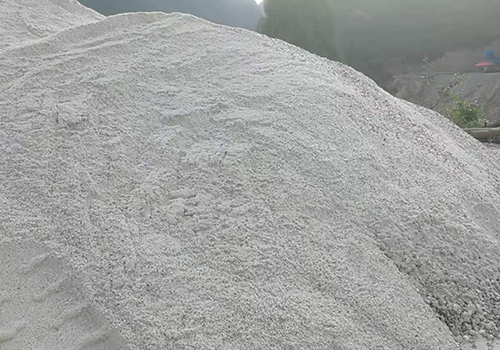Guizhou, China has abundant reserves of barite and fluorite, except for single fluorite ore and barite. In China's Sichuan, Hubei, Guizhou, Shandong and other places, it has been identified that many large and medium-sized fluorite-barite or barite-fluorite deposits have been mined. Especially in Wuchuan, Zunyi area of "Northeast Guizhou" in Guizhou, and Dejiang and Yanhe areas in Tongren area, there are small and medium-sized barite ——fluorite ore, or fluorite ore—barite. Ore deposit. Moreover, most of them are fluorite (CaF2), barite (BaSo4), and calcium carbonate (CaCo3), which are associated with each other and have a dense embedded grain size. Their floatability is very similar. Flotation separation is very difficult under conventional process conditions.

Although many companies are currently mining, they cannot be separated and lose money. There are also companies that discard barite and only use fluorite. A large amount of barite can only be discarded from the tailings in vain. This is not only a great waste of national resources, but also a great economic benefit for barite manufacturers. loss.
Therefore, the key to comprehensive utilization of such ore resources is to effectively resolve the flotation separation of fluorite and barite. Not only must there be ultra-conventional separation flotation process. And there must be a whole set of flotation formulations.
In recent years, many research institutes and beneficiaries have been working hard to develop new processes, new barite and fluorite inhibitors. But most of them are theoretical, and few are actually applicable to production practice.